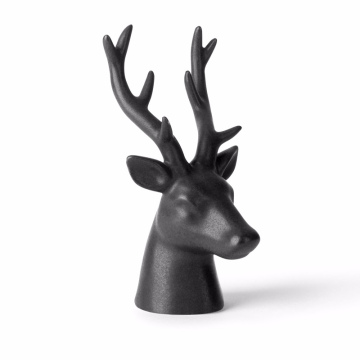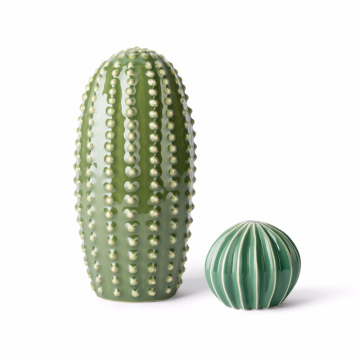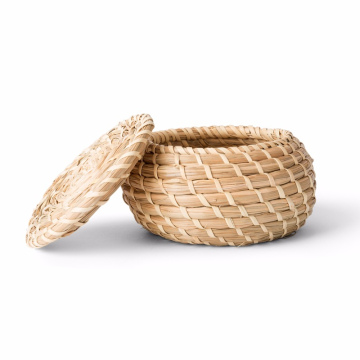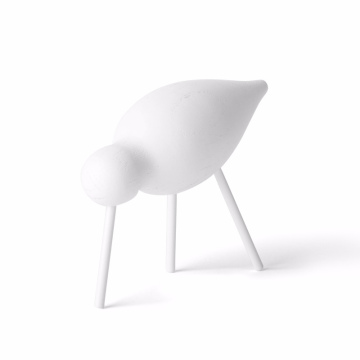The History of Yaki Tōmorokoshi: Japan’s Grilled Corn Delight
Introduction to Yaki Tōmorokoshi (焼きとうもろこし)
Yaki Tōmorokoshi (焼きとうもろこし), or grilled corn, is a beloved Japanese street food enjoyed during summer festivals, known as matsuri (祭り). This dish features sweet corn (とうもろこし, tōmorokoshi) grilled over charcoal and basted with a savory-sweet soy sauce glaze, creating a perfect balance of smoky, umami, and caramelized flavors. It is a popular treat at yatai (屋台, food stalls), where vendors fan the flames to enhance the maillard reaction (メイラード反応), giving the corn its signature charred aroma and deepened umami.
While grilled corn is enjoyed worldwide, Japan’s teriyaki-style seasoning and traditional grilling techniques give yaki tōmorokoshi its distinct character. This rustic yet flavorful snack has roots in both regional agriculture and traditional Japanese cooking methods, making it a symbol of seasonality (旬, shun) and nostalgia.
Origins: The Introduction of Corn to Japan
1. The Arrival of Corn in Japan
Corn, or tōmorokoshi (とうもろこし), was not indigenous to Japan. It was introduced in the 16th century during the Azuchi-Momoyama period (1568–1600), when Portuguese traders and missionaries brought the crop from the Americas. The Japanese name tōmorokoshi is thought to have derived from "Tō" (唐, referring to foreign lands like China) and "morokoshi" (an old Japanese term for grain).
Initially cultivated in Kyushu and Shikoku, corn gradually spread across Japan, particularly thriving in Hokkaido, which became the country’s largest producer due to its cool climate and fertile volcanic soil. The variety most commonly grown in Japan today is "gold rush" or "mirai corn", known for its high sugar content and juicy texture.
2. Evolution into a Grilled Street Food
While corn was mainly used as animal feed or a staple in rural diets, it gained popularity as a grilled snack during the Edo period (1603–1868). The rise of yatai culture in Edo (modern-day Tokyo) led to the emergence of grilled foods like yakitori (焼き鳥), dango (団子), and yaki imo (焼き芋). Corn, with its natural sweetness and affordability, became a popular street food in farming regions. Vendors discovered that basting the grilled corn with shoyu (醤油, soy sauce) intensified its savory umami, making it a delicious and satisfying treat.
By the Meiji period (1868–1912), as Japan’s food culture expanded, yaki tōmorokoshi became a festival staple, enjoyed during summer fireworks displays (花火大会, hanabi taikai) and temple celebrations. It was particularly favored in Tohoku and Hokkaido, where local soy sauce variations and miso glazes gave it regional distinctions.
Culinary Techniques: The Art of Grilling Yaki Tōmorokoshi
1. Selecting the Best Corn
- Shun (旬, seasonality) is essential in Japanese cooking, and yaki tōmorokoshi is best enjoyed from June to September, when corn is at its peak sweetness.
- Hokkaido’s "super sweet corn" (スーパースイートコーン) varieties, such as Mirai (未来) and Pure White (ピュアホワイト), are preferred for their high sugar content and tender kernels.
2. Traditional Grilling Method: Binchōtan and Maillard Reaction
- Charcoal grilling (炭火焼, sumibi-yaki) is the preferred method for yaki tōmorokoshi. Using binchōtan (備長炭, high-quality white charcoal) imparts a clean, intense heat that enhances umami while preserving the corn’s natural sweetness.
- The maillard reaction (メイラード反応) occurs as the natural sugars in corn caramelize, creating a beautifully golden, slightly crispy exterior with deep nutty and smoky undertones.
3. Signature Seasoning: Shoyu Tare (醤油たれ)
While Western-style grilled corn is often buttered, yaki tōmorokoshi is glazed with a special soy sauce-based tare (たれ, seasoning sauce) that enhances its savory depth. The most common tare variations include:
- Shoyu tare (醤油たれ) – A classic mix of soy sauce, mirin (味醂, sweet rice wine), and sugar, creating a rich umami glaze.
- Miso tare (味噌たれ) – A blend of red or white miso, sake, and honey, adding a deep, fermented complexity.
- Shichimi togarashi (七味唐辛子) – A sprinkle of Japanese seven-spice mix, adding a gentle heat and citrusy aroma.
- Butter shoyu (バター醤油) – A Hokkaido specialty, where a pat of fermented butter (発酵バター) melts over the hot corn, enriching its umami-laden savoriness.
Regional Variations of Yaki Tōmorokoshi
Different regions of Japan have their own unique takes on grilled corn, incorporating local seasonings and grilling styles:
1. Hokkaido’s Butter-Shoyu Yaki Tōmorokoshi (バター醤油焼きとうもろこし)
- Hokkaido, Japan’s largest corn-producing region, is famous for its butter-shoyu version.
- The combination of Hokkaido dairy butter and soy sauce creates an irresistibly rich and umami-packed flavor.
2. Nagano’s Miso-Yaki Tōmorokoshi (味噌焼きとうもろこし)
- In Nagano, where miso production is deeply rooted in local cuisine, corn is glazed with a hearty miso-based sauce.
- Akamiso (赤味噌, red miso) is often used, giving the corn a savory, slightly tangy depth.
3. Tohoku’s Charcoal-Roasted Corn (炭火焼きとうもろこし)
- In Tohoku, corn is roasted over an open fire, allowing the kernels to blister and char slightly.
and brushed with soy sauce for a simpler, rustic taste.
Culinary Terms Related to Yaki Tōmorokoshi
- Maillard Reaction (メイラード反応) – The chemical reaction between amino acids and sugars that creates browned, flavorful crusts on grilled foods.
- Shun (旬, seasonality) – The peak season of ingredients when their flavors are at their best.
- Tare (たれ, seasoning sauce) – A Japanese glaze or basting sauce, commonly made from soy sauce, mirin, and sugar.
- Binchōtan (備長炭, white charcoal) – A high-quality charcoal used in Japanese grilling, imparting a pure and intense heat without smoke.
- Sumibiyaki (炭火焼, charcoal grilling) – A traditional Japanese grilling technique, ideal for enhancing umami depth.
Conclusion: A Timeless Japanese Summer Treat
Yaki Tōmorokoshi is more than just grilled corn—it’s a nostalgic taste of Japanese summer festivals, regional flavors, and traditional grilling mastery. Rooted in centuries of agricultural history and street food culture, this dish remains a beloved staple in yatai cuisine. Whether brushed with savory shoyu, rich miso, or indulgent butter, each bite of yaki tōmorokoshi encapsulates the perfect harmony of sweetness, umami, and smoky char—a simple yet exquisite delight in Japanese culinary tradition.






